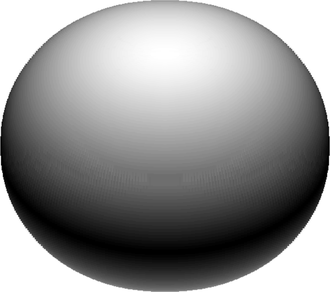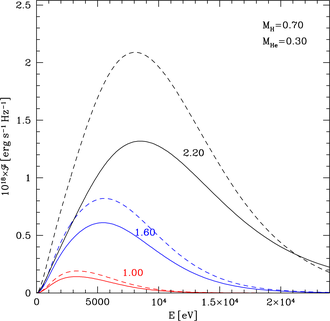
Neutron stars, although very strongly bound by gravity, may be deformed due to the rapid rotation of up to a thousand times per second.
Their shape resembles a slightly flattened rotational ellipsoid. A star deformed in this way has a different gravitational acceleration at different points on its surface, and thus a different effective temperature, which depends on local gravity. Such star looks hotter when viewed from the pole where gravity is greatest than when viewed from the equatorial plane where gravity is lowest.
In a recent paper, "Influence of the gravitational darkening effect on the spectrum of a hot, rapidly rotating neutron star" (Apj 925, 206), by Agnieszka Majczyna (National Center for Nuclear Research), Jerzy Madej (Warsaw University), Agata Różańska (CAMK PAN, Warsaw) and Krzysztof Należyty (Warsaw University ) authors examined such effect known as gravitational darkening. They computed theoretical spectra of rapidly rotating, flattened neutron stars. The models of neutron stars known to us so far have been calculated assuming that star is perfectly spherically symmetrical. In their work, authors took a step forward and calculated the grid of theoretical models of spectra of a rotating neutron stars, taking into account the deformation of the star due to fast rotation. Authors show how the star is seen by a distant observer for different viewing angles.
Figure 1 (on the top of this note): The distribution of the local effective temperature over the surface of the neutron star seen by a distant observer.

Figure. 2 The comparison of our theoretical spectra of fast rotating, oblate neutron stars (solid line) and the spectra of ideally spherical stars of the same initial parameters given by dashed line.
This work was supported by grant No. 2015/17/B/ST9/03422 from the Polish National Science Center.






